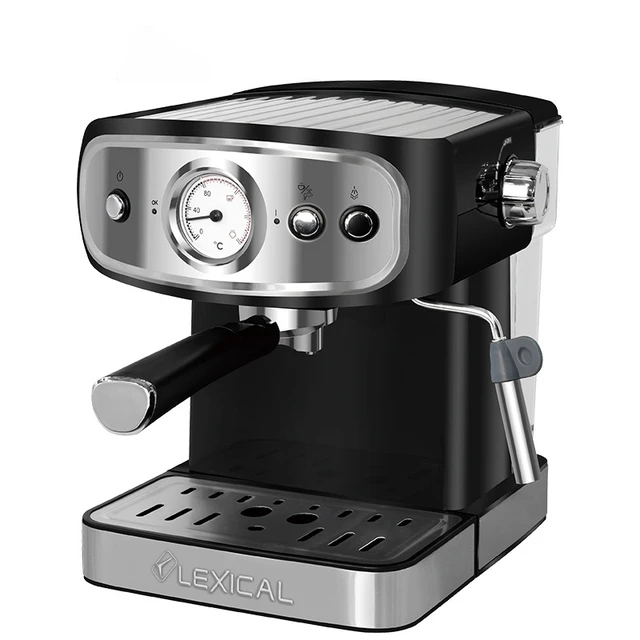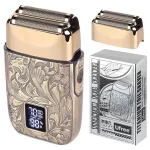Introduction
A coffee machine is a popular appliance used to brew coffee quickly and conveniently. However, there may be times when you don’t have access to a coffee machine or you’re looking for alternative methods to make your morning cup of joe. In this article, we will explore various substitutes for a coffee machine that can help you brew a satisfying cup of coffee. From manual brewing techniques to household items that can be repurposed, we will provide specific alternatives to meet your caffeine needs.

What can I use as a substitute for a coffee machine?
French Press
The French press is a classic manual brewing method that requires only hot water and coarsely ground coffee. Consider the following steps to use a French press as a substitute for a coffee machine:
Boil water: Heat water in a kettle or on the stovetop until it reaches the desired temperature. It’s recommended to use water between 195-205°F (90-96°C) for optimal coffee extraction.
Grind coffee: Grind coffee beans to a coarse consistency, similar to breadcrumbs, using a coffee grinder or a mortar and pestle.
Add coffee and water: Pour the ground coffee into the French press, then slowly pour hot water over the coffee, ensuring that all the grounds are saturated. Maintain a ratio of roughly 1:15 coffee to water (adjust based on personal preference).
Steep: Place the lid on the French press but do not press down the plunger. Let the coffee steep for about 4 minutes to allow for optimal flavor extraction.
Pour Over
Boil water: Heat water in a kettle or on the stovetop until it reaches the desired temperature. Similar to the French press, aim for water between 195-205°F (90-96°C).
Grind coffee: Grind coffee beans to a medium-coarse consistency, similar to sand, using a coffee grinder.
Prepare filter and coffee: Place a paper or reusable filter in a pour-over dripper or a funnel set on top of your mug or carafe. Add the ground coffee to the filter, ensuring an even distribution.
Pre-infusion: Pour a small amount of hot water over the coffee grounds, allowing them to bloom and release trapped gases for about 30 seconds. This step helps enhance the flavors of the coffee.
Pour in a circular motion: Pour the remaining hot water in a slow, circular motion, starting from the center and moving outward. Maintain a steady flow and pour in intervals to avoid over-extraction or flooding the filter.
Allow the coffee to drip: Let the water drip through the coffee grounds, ensuring a controlled flow rate. This process may take a few minutes, depending on the desired strength and volume of coffee.
Serve and enjoy: Once the coffee has finished dripping, remove the filter and discard it. Pour the freshly brewed coffee into your mug or carafe, and savor the resulting flavors.
Moka Pot
A moka pot, also known as a stovetop espresso maker, is a traditional Italian coffee brewing device. It produces a strong and concentrated coffee similar to espresso. Consider the following steps to use a moka pot as a substitute for a coffee machine:
Boil water: Fill the lower chamber of the moka pot with water up to the fill line (avoid exceeding it). Place the moka pot on the stovetop over medium heat.
Grind coffee: Grind coffee beans to a fine consistency, similar to table salt, using a coffee grinder.
Fill the filter basket: Insert the filter basket into the lower chamber of the moka pot. Fill the basket with the ground coffee, ensuring it is evenly distributed but not tightly packed.
Assemble the moka pot: Screw the upper chamber onto the lower chamber, ensuring a secure fit.
Brew the coffee: As the water in the lower chamber heats up, steam pressure will build, forcing the water through the coffee grounds and into the upper chamber. Keep an eye on the process and remove the moka pot from the heat source once the upper chamber is filled with brewed coffee.
Serve and enjoy: Pour the brewed coffee from the upper chamber into your cup, and dilute it with hot water if desired. The resulting coffee will have a strong flavor and rich aroma similar to espresso.
Instant Coffee
Instant coffee is a convenient alternative for those seeking a quick and hassle-free coffee brewing method. It is pre-brewed coffee that has been freeze-dried or spray-dried, allowing for easy rehydration. Consider the following steps to make coffee using instant coffee granules:
Boil water: Heat water in a kettle or on the stovetop until it reaches boiling point.
Prepare your cup: Add the desired amount of instant coffee granules to your cup. The amount will vary depending on personal taste preferences and the strength of coffee desired.
Pour hot water: Slowly pour the boiling water into the cup over the instant coffee granules. Stir the mixture vigorously to dissolve the granules and create a consistent brew.
Customize your coffee: Add any desired milk, sugar, or other flavorings to enhance the taste of your instant coffee. Adjust these ingredients to suit your personal preferences.
Stir and savor: Mix the coffee and additional ingredients thoroughly to ensure an even distribution. Allow the coffee to cool slightly before taking a sip, and enjoy your quick and easy cup of coffee.
Cold Brew
Cold brew coffee is a method that involves steeping coarsely ground coffee in cold water for an extended period, resulting in a smooth and less acidic coffee concentrate. Consider the following steps for making cold brew coffee:
Coarsely grind coffee: Grind coffee beans to a coarse consistency, similar to sand, using a coffee grinder.
Combine coffee and water: In a large container or pitcher, add the ground coffee and cold water, maintaining a ratio of roughly 1:4 coffee to water (adjust based on personal preference). Stir the mixture gently to ensure the grounds are fully saturated.
Steep the coffee: Cover the container or pitcher and let it sit at room temperature or refrigerate for an extended period, usually between 12 and 24 hours. The longer the steeping time, the stronger the resulting coffee concentrate will be.
Strain the coffee: After the desired steeping time, strain the coffee concentrate using a fine-mesh sieve or a coffee filter to remove the grounds. This will result in a smooth and flavorful coffee concentrate.
Dilute and serve: To enjoy your cold brew, dilute the coffee concentrate with water, milk, or ice, depending on your taste preferences. Start with a 1:1 ratio of coffee concentrate to water or milk, and adjust to your desired strength.
Store the remaining concentrate: If there is leftover coffee concentrate, transfer it to a sealed container and refrigerate. It can be stored for several days, allowing you to enjoy cold brew coffee at any time.
Conclusion
While a coffee machine is a convenient way to brew coffee, there are numerous substitutes available for those times when it’s not accessible or desired. From manual brewing methods like the French press, pour-over, and moka pot to quick alternatives like instant coffee and cold brew, there are options to suit various preferences and situations.
By following the specific steps for each substitute and adjusting factors such as grind size, water temperature, and brewing time, individuals can still enjoy a satisfying cup of coffee without the use of a coffee machine. Embrace the flexibility and creativity of these alternatives to explore new flavors and brewing techniques.


